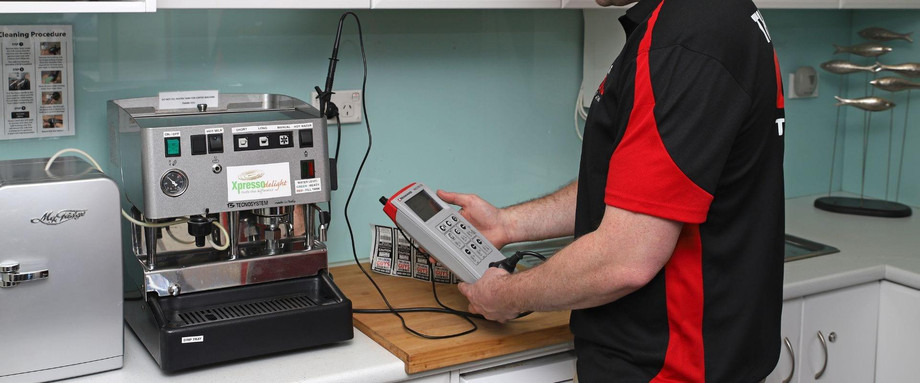Appliance Testing and Tagging Guide
1. What is Appliance Test and Tagging?
Test and tag is a process to carry out the check of safety for portable electrical appliances. It generally involves two parts: the first is a visual inspection of the appliance to look out for any damage, and the second is electrical testing of the appliance that is carried out with the help of a portable appliance tester. Once the appliance test is complete, it is given a tag that shows the name of the person who tested the appliance along with the date of testing and the due date of the next test.
2. Why Testing and Tagging is important?
With testing and tagging, you can ensure the safety of the people that are coming into contact with various appliances in the workplace. It also reduces several risks that can eventually lead to an electrical hazard.
3. Who can test, tag, and repair appliances?
In order to carry out testing and tagging, you need not need to be an electrician. A test and tag course is what you need to acquire the required knowledge and skills to become a competent person. Once you have this qualification, you won’t need to take any additional courses.
4. How opting for a testing and tagging company benefits you:
Hiring a testing and tagging company will help you identify potential electrical hazards, as well as any malfunctioning equipment. Without any hassle, you can stay up-to-date with your safety plans. The test and tagging company will organise the schedule to suit your needs, furthermore, the overall process becomes seamless and easy. The hiring of a testing and tagging company will ensure your personal, equipment, and workplace safety.
5. How frequent you should opt for testing and tagging:
It actually depends on which condition and environment your equipment are used. The level of hazard and the degree of abuse of the equipment depends on many factors. So, the frequency of the testing should only be determined by the approved person.
6. Does new equipment needs to be tested and tagged?
New equipment does not need any type of inspection within 12 months of purchase. It is actually the supplier who is responsible for the safety of a new appliance. So, your supplier is responsible for the testing and tagging of the equipment, and should take care of the due date of the next testing schedule.
7. Follow the laws and guidelines:
It is the employer of the company that has legal obligations to ensure the safety of the workplace. So, as the employer of the company, you should take the responsibility to identify the hazards related to electrical equipment in the workplace. As per the rules and regulations, the equipment, including leads, and the tools needs to be tested and tagged every three months. Monthly testing should be carried out for safety switches, and testing of factories should be carried out every six months.
8. Is testing and tagging mandatory?
One thing we all need to understand is that testing and tagging only provide you information of how safe your appliance actually is at the time of testing; it does not guarantee any kind of future electrical safety. It wholly depends on the employer of the company to decide whether to test and tag or not.
9. What about the equipment that we hire?
Before hiring out any electrical equipment, check whether the equipment inspection was complete. The equipment that you are going to hire out needs to meet all applicable testing and inspection requirements.
10. What type of equipment needs testing and tagging?
Any device that has a flexible cable, works at a high voltage, and has a removable plug requires testing and tagging from time to time. It includes any earthed appliances like kettles, toasters, and irons, and double insulated appliances.
Source Url:-https://thelocalguystestandtag.com.au/blog/appliance-testing-and-tagging-in-10-easy-steps/
Comments
Post a Comment